Tesla’s solar neighborhood in Austin could help TX learn if renewables are viable
Teslarati
JULY 13, 2021
The project aims to build the first Tesla Solar neighborhood, making a sustainable residential community. The Tesla Solar neighborhood was provisionally named SunHouse at Easton Park. The solar and home battery units are integrated into the homes’ sale price as well, much like state-of-the-art appliances.

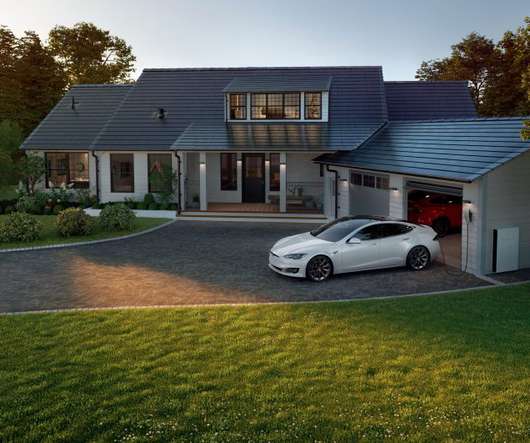
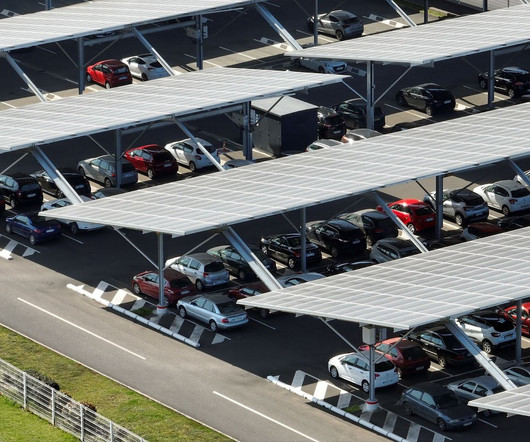
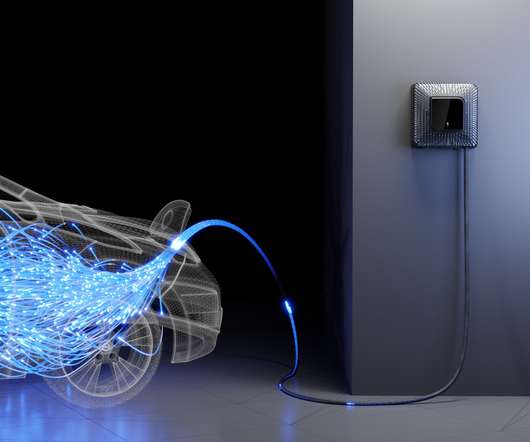
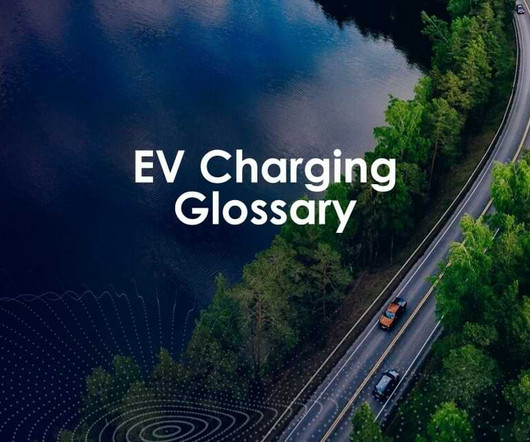


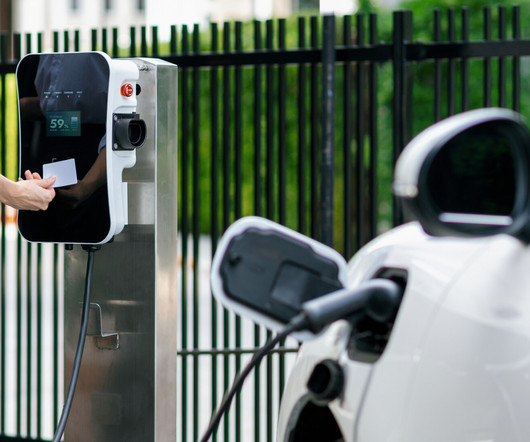









Let's personalize your content